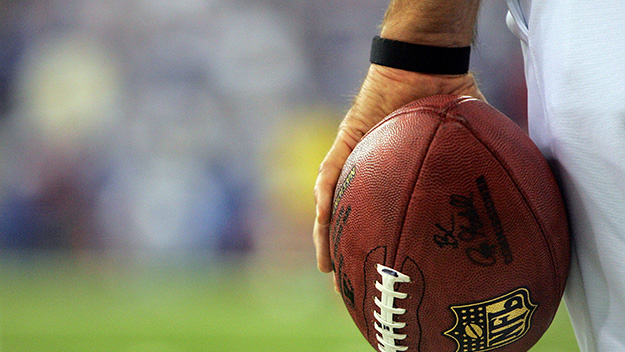By Ian R Tofler
BJSM readers, curious scientists and sports enthusiasts all, must be interested in the inner workings of the American National Football League (NFL) and its politically astute iron fisted chief executive Roger Goodell.

The NFL, despite setbacks regarding the taboo concussion/CTE scandal; large financial payouts, and players ending up in jail, has maintained its equanimity, spin and balance like a running back cutting in between defensive players.
Supporting the NFL’s defense of the sheen on its sometimes tarnished corporate image has been a host of lawyers led ably, it seems, by the Ted Wells firm of New York.
The first Wells Report of 2014, addressed in more detail in the International Review of Psychiatry article of August 19th, 2016, confronts another taboo, that of mental health in the professional sporting context.
Jonathan Martin, an offensive line player, now retired, resigned from and sued the Miami Dolphins in October 2013 for Workplace Harassment. This set in train a fairly rapid “damage control” proactive intervention by the NFL which became the first Wells Report. The second was the “Deflategate” Report addressing the Patriots scandal related to football inflation which has Tom Brady sitting out the first 4 games of this 2016-2017 season.
What were the repercussions of Wells One? A player resigned from the team, two players were hospitalized psychiatrically with suicidal thinking, and a manager /coach was fired. The player who was blamed for much of the hazing, harassment, Richie Incognito, subsequently successfully transitioned to another team – leadership ability intact, and the sport “moved on,” reputation untarnished.
Bullying and workplace harrassment
Bullying, could be seen as the verbal, physical and now the more pervasive social media “cyber” aggression towards a child or adolescent and sometimes adult individual or group, perceived as weak or different. A conduct disordered or gang membered “in group,” in high school “the jocks” such as the highly valued football team, with control, power and popularity at stake in an environment such as a high school.Depression, social isolation, ostracism and even self- harming and suicidal behavior can be the result. Preventive measures such as school policies and child protective service involvement have made in-roads into limiting the trauma and abuse associated with bullying.
Hazing, is a component of the “toughening up” process, and arguably an integral part of the rookie experience in any professional sporting team.
It has been defined by Allen and Madden, updating Nuwer in 2008 as “Any activity expected of someone joining or participating in a group that humiliates, degrades, abuses or endangers them regardless of a person’s willingness to participate.” In the US this isargely a college based initiation to highly valued, high status groups such as fraternities, sororities, school marching band and sporting teams.
Workplace harassment delineates a form of abuse seen in professional settings. Which can of course include professional sporting teams. All of the features of bullying and hazing can also be present and a part of the sporting team’s tradition and ethos. Harassment across professions, the subtle and not so subtle messages against reporting; arcane reporting procedures may actually intensify harassment are all part and parcel of this systemic challenge.
An important “pearl” regarding bullying, hazing and harassment is the temporal factor. How long did it last?
Hazing should be a time limited, somewhat stylized process, one would believe limited to the “rookie” phase usually the first year of involvement in a new program. After that one usually becomes an accepted and trusted member of the organization or group. Bullying and harassment may be time limited by the time a child or adult is a part of that institution, but could be time unlimited and ongoing.
The Miami Dolphins case has been carefully documented through “text messaging”.
Richie Incognito’s immortal message to Martin “ F.. you, you’re still a rookie. You’re still my O-Line bitch” (Wells Report, page 100). Into his second year in the team, this may have been the precipitant to Martin’s decline in performance, helplessness, hopelessness, increased social isolation and ability to function within this challenging, aggressive, physically demanding, “rough and tumble” and substance infused workplace environment.
The International Society for Sport Psychiatry (sportspsychiatry.org) is an organization focused, since early 1990s on the mental health of athletes. We believe in the importance of understanding the role of sports in the development of children, adolescents and adults. While we also see the critical role of performance enhancement from a psychological standpoint, we are also concerned about the management of psychopathology and organizational, systemic challenges and the safety of the individual within the sporting context.
************************
Ian R Tofler, MBBS, Los Angeles, CA; Kaiser Permanente West Los Angeles; UCLA clinical faculty; Vice President of the International Society for Sport Psychiatry.
Reference
Tofler, I; Bullying, hazing and workplace harassment: The nexus in professional sports as exemplified by the First NFL Wells report; International Review of Psychiatry; Taylor, Francis, August, 19; 1-6; 2016, E Publish, ahead of print.PMID:27541590.